Third Cave (3,800m/12,500ft) to School Hut base camp (4,750m/15,600ft)
Distance: 5km/3mi, 4-5 hours
Altitude: 950m/3,100ft up in elevation
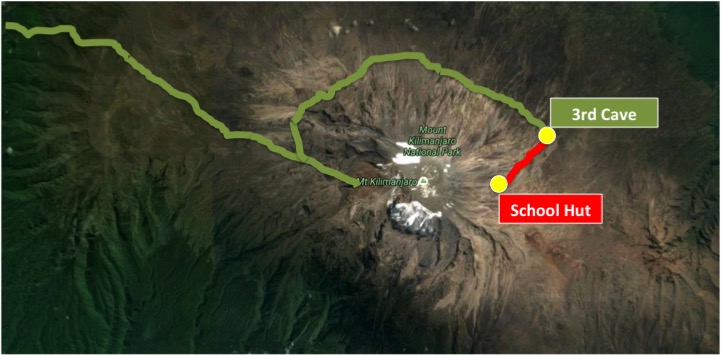
Day 7 brings back all the excitement – hiking up into thin air to base camp (School Hut), then trying to sleep in the afternoon and after early dinner, until finally starting the big summit night late evening.

Kibo view from Third Cave – photo by Lynn Jackson
Soon after leaving the Third Cave camp, the alpine desert zone starts. At such thin air and harsh conditions above 4,000 meters, no plants survive any longer. Welcome back to the land of sand and scree!
Not too long into your hike, the Mawenzi peak comes into view to your left, rising into the air from behind a wide plain of sand – “The Saddle” which combines the Kibo and Mawenzi peaks . Mawenzi is the third highest peak in Africa and one of the three volcanic cones on Kilimanjaro. Different from Kibo, however, its top looks spiky like a crown and would require technical climbing to summit. Following a helicopter evacuation in recent years, I was told that the Kilimanjaro National Park stopped giving climbing permits for Mawenzi.
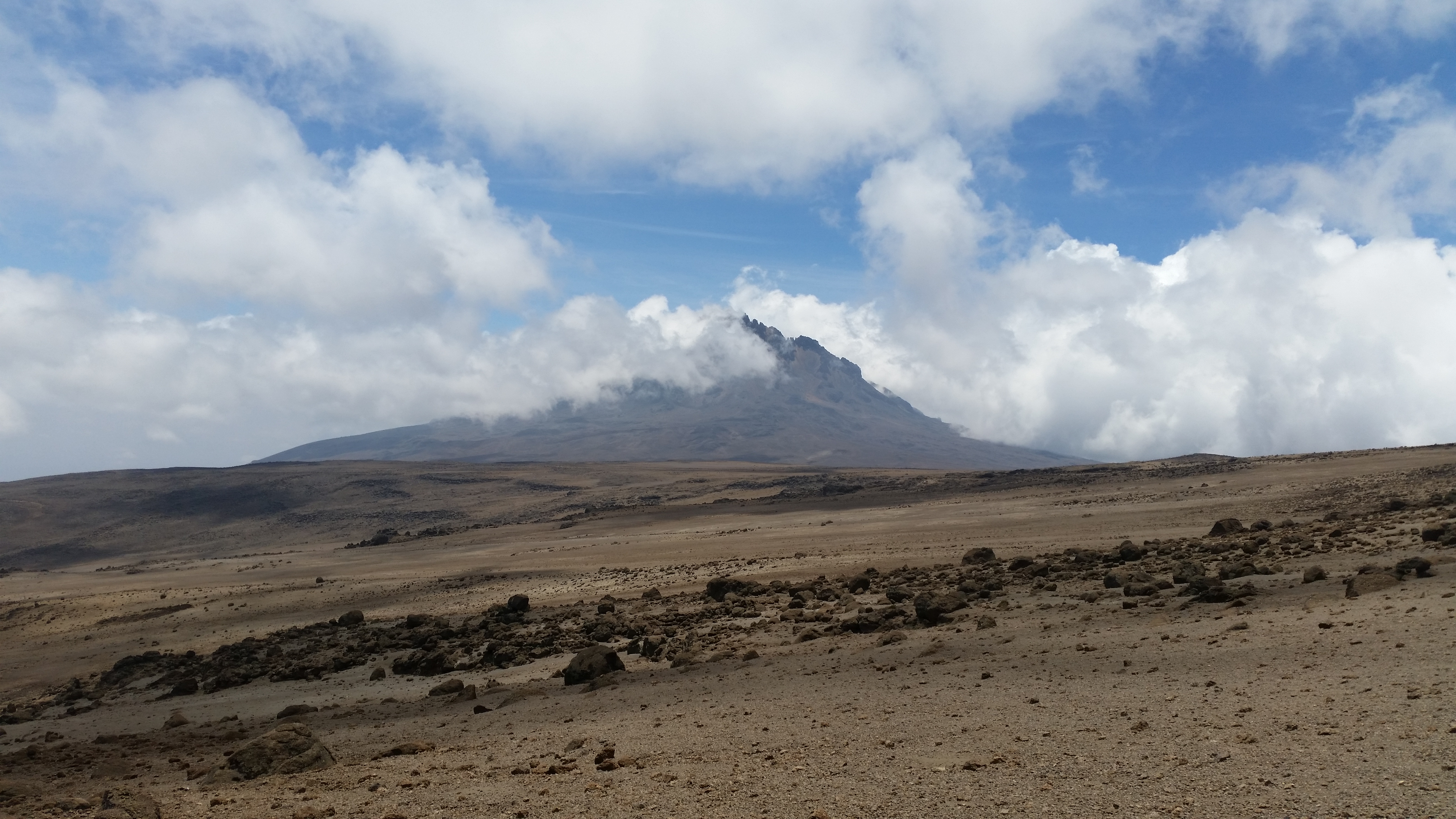
Mawenzi view from the western end of “The Saddle”
About mid-way into your hike, you will start to feel the impact of the thin air. Your ability to draw enough breath into your lungs will slow you down to a very slow pace even without your guide’s reminder to go pole pole. This is the time to stop any conversations and focus on your breathing.
Exhausted by a dull desert-like landscape and the thin air which makes every step seem so much harder, you will be relieved when the second attraction of today’s hike comes into view: a buffalo carcass!
Positioned about an hour south of the School Hut base camp, only hikers on the Northern Circuit route typically get to see this curiosity. The carcass is well preserved by the dry, thin air. It has been positioned on a prominent stone like a sight – a welcome distraction to take a short break and catch one’s breath. Supposedly, this carcass proves that mammals walk up that high on Kilimanjaro in order to lick the alkaline rocks. However, as they only walk at night and avoid humans, no live animal sightings are known in recent years.
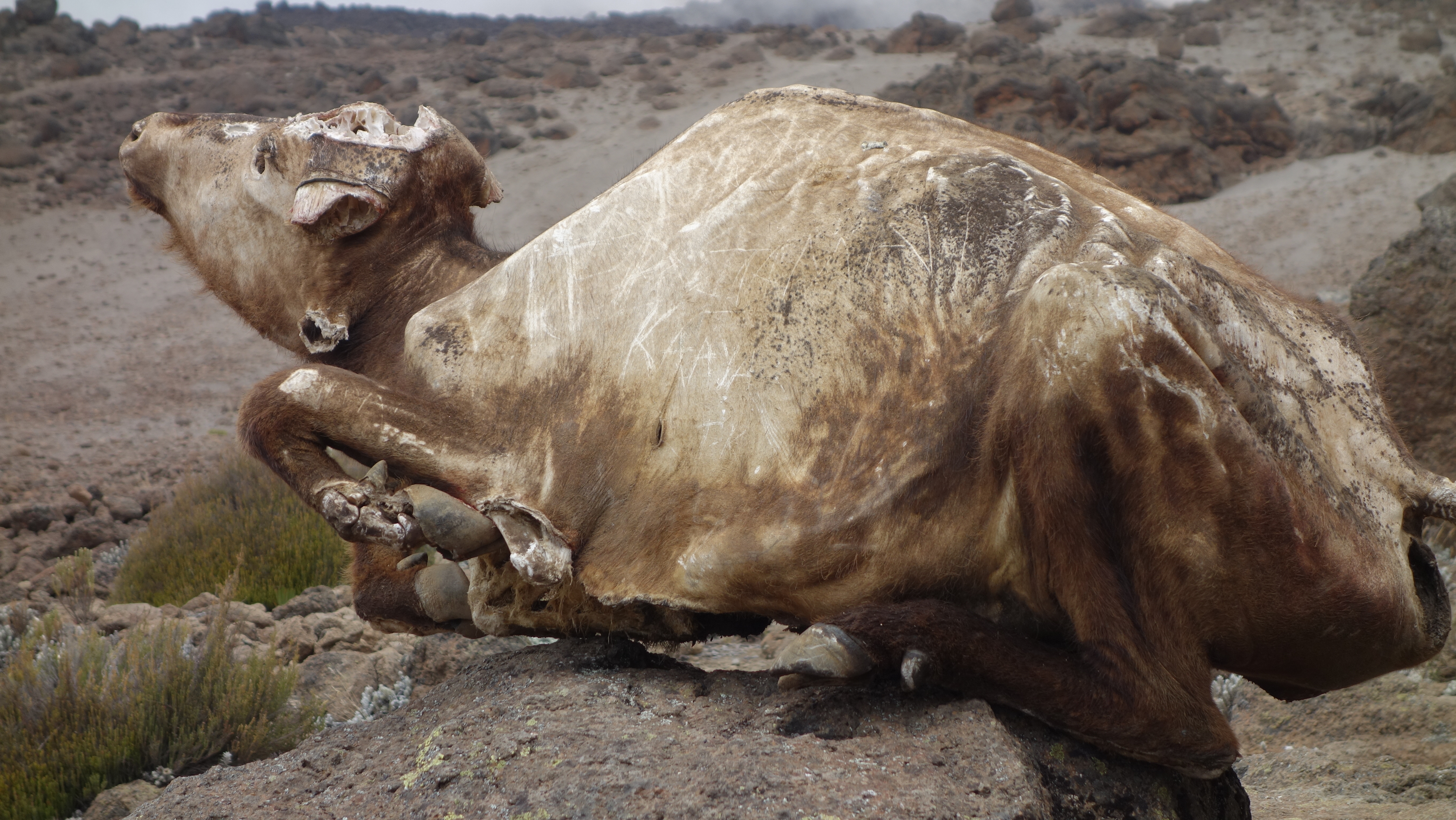
Buffalo carcass – photo by Lynn Jackson
From the carcass onwards, a very steep wall of sand rises into the air and will require all your focused breathing. This is a training of patience as an invisible wall of thin air slows you down to a pace that doesn’t seem natural to your muscles. Resist the temptation to walk any faster than your lungs permit – pole pole is the secret to avoid a headache or nausea.
Once you’re reached the top of that wall, however, you will be relieved to spot your base camp towards the end of a rather benign slope. Mind you though, benign doesn’t mean easy. It’s not your strength but your body’s ability to handle the thin air that dominates your pace from now on.
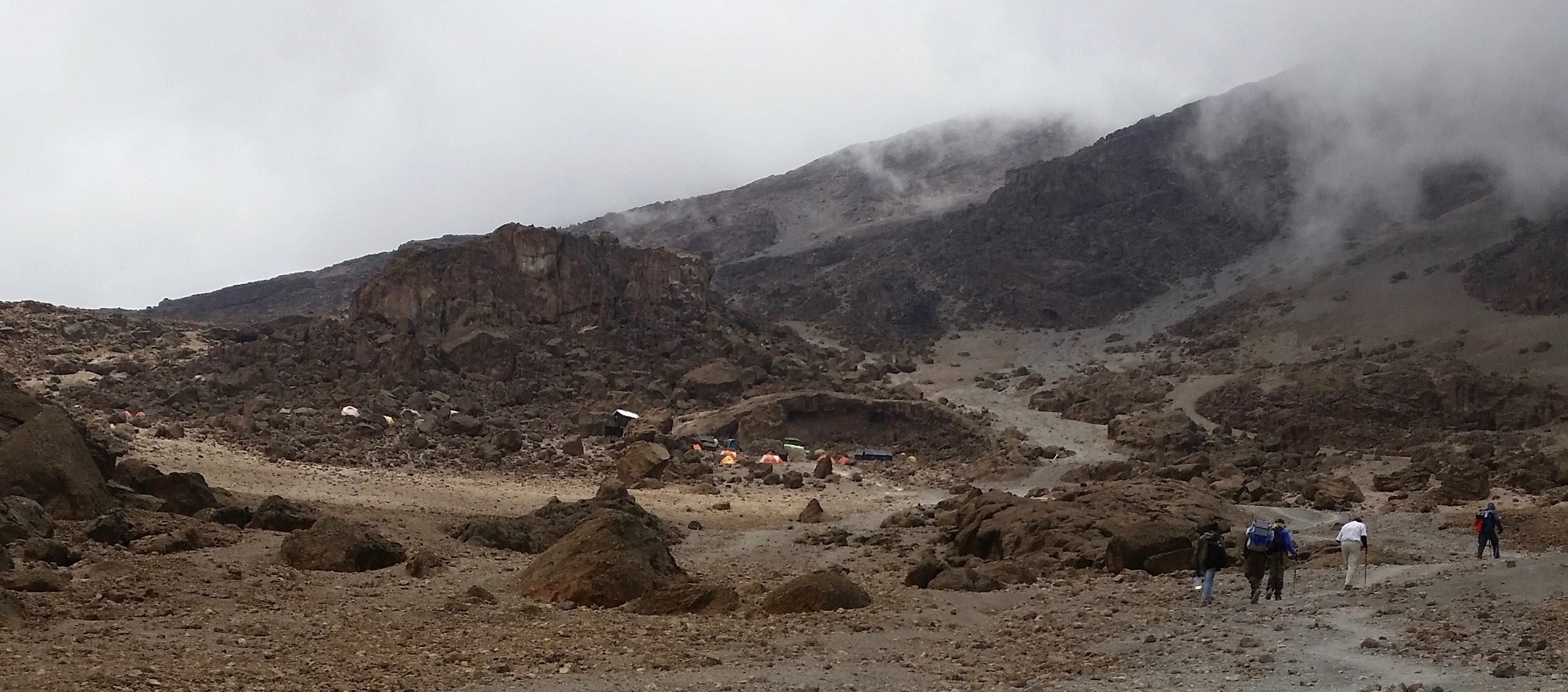
School Hut base camp
After reaching base camp around late noon, you only have two remaining tasks for the day: Get your gear ready for summit night and, more importantly, get some sleep! Most people struggle sleeping at all that day because of the thin air and their excitement about summit night. If that happens to you: Don’t worry, it’s normal. Others have done it before and reached the summit nevertheless. Bright awake or ready to drop – you will still get there eventually.
Photo gallery

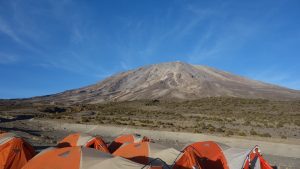
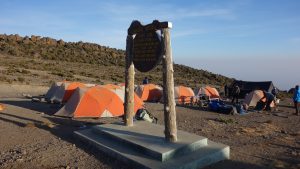
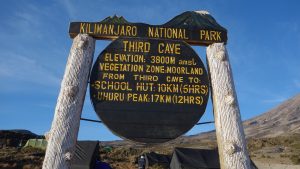
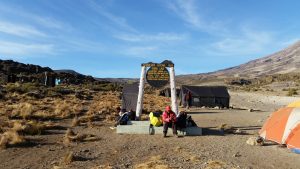
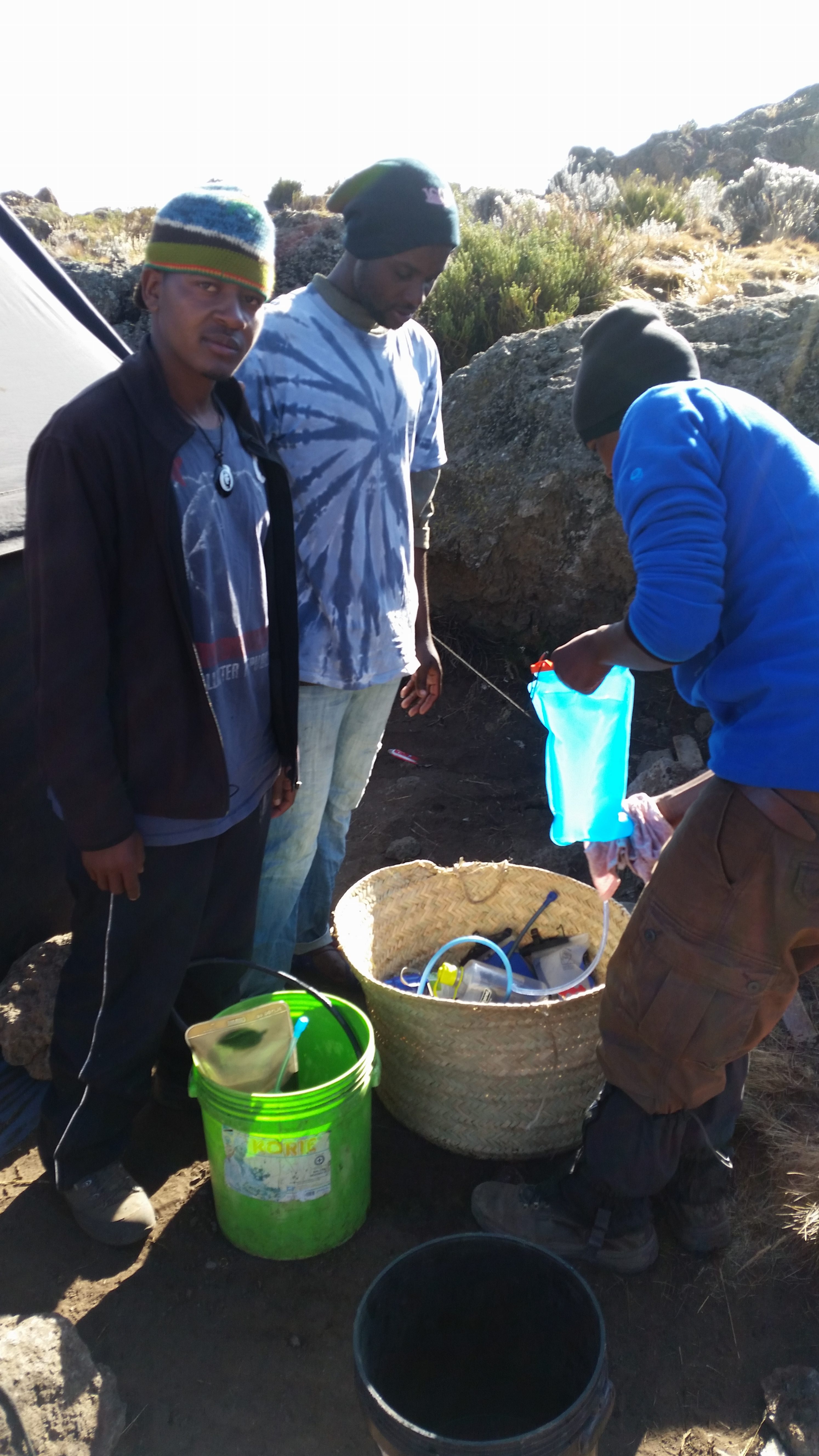
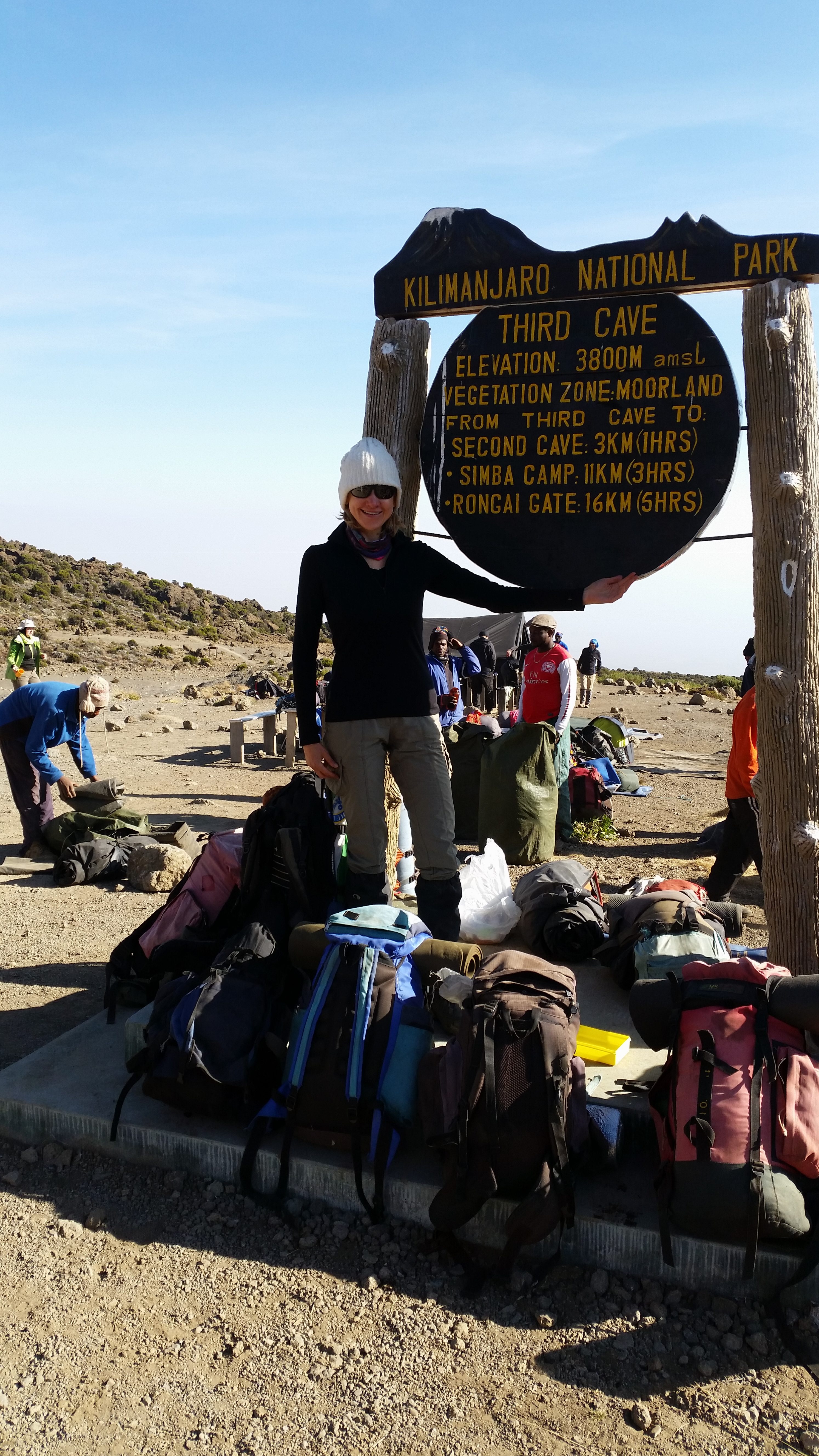

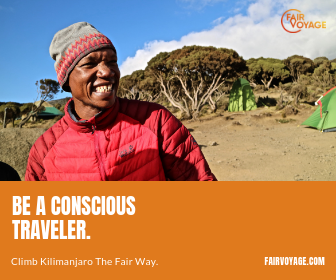




Leave a Reply
You must be logged in to post a comment.